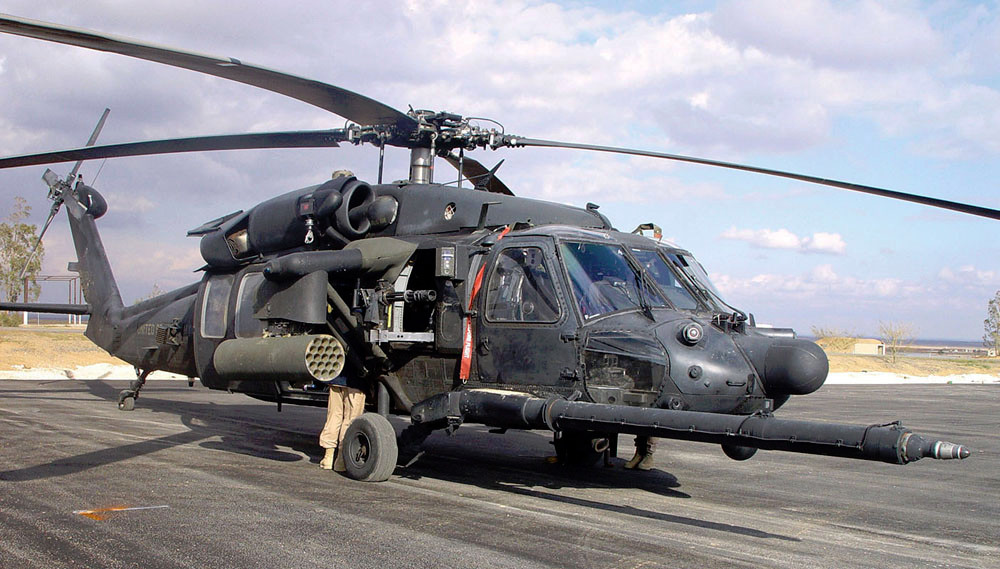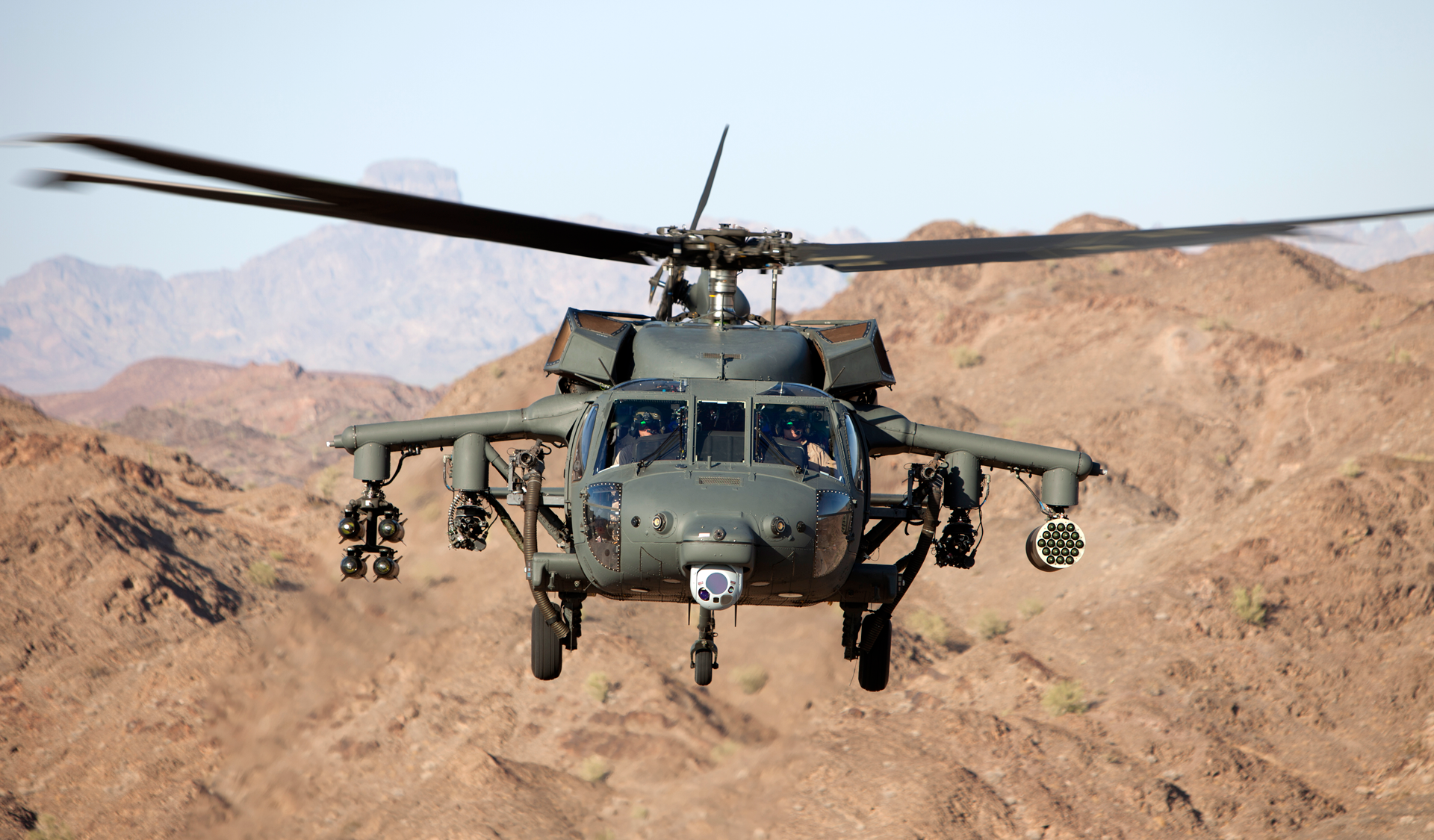Unveiling the Power and Adaptability of the Blackhawk Helicopter
The Blackhawk helicopter stands as a testament to engineering excellence and army development, considerably shaping the landscape of modern aerial operations. Initially developed in the late 1960s, this dual-engine airplane has developed into a complex platform capable of carrying out a series of goals, from tactical troop deployments to immediate clinical emptyings. Its layout incorporates innovative innovation and products, boosting both performance and survivability. As we explore its history and functional abilities, one have to consider exactly how the Blackhawk continues to influence modern combat techniques and altruistic initiatives alike. What does this mean for the future of armed forces air travel?
History of the Blackhawk
The background of the Blackhawk helicopter is marked by significant technological advancements and a tactical advancement in armed forces air travel. Created in the late 1960s by Sikorsky Airplane, the UH-60 Blackhawk was initially developed to replace the older UH-1 Iroquois, generally understood as the "Huey." The Blackhawk's initial flight took place in 1974, and it was officially presented to the U.S. Military in 1979.


This aircraft was developed to meet the demanding requirements of contemporary warfare, concentrating on durability, rate, and adaptability (Blackhawk Helicopter). Its ability to run in different settings, coupled with advanced avionics and style attributes, rapidly developed the Blackhawk as a crucial asset for armed forces operations worldwide
Throughout the 1980s and 1990s, the Blackhawk saw comprehensive usage in various conflicts, consisting of the Gulf War and humanitarian objectives. The helicopter's adaptability permitted it to offer numerous roles, from army transportation to medevac and logistical assistance. As modern technology advanced, so did the Blackhawk, leading to countless variations that satisfied specific mission needs. Today, the Blackhawk stays an iconic symbol of armed forces aeronautics, continually refined to meet contemporary difficulties.
Key Attributes and Specifications
Blackhawk helicopters are renowned for their engineering excellence and functional adaptability, boasting a variety of key functions and specs that boost their performance in different armed forces duties. One of one of the most considerable attributes is their dual-engine setup, generally powered by the T700-GE-701C engines, which give remarkable integrity and performance. The helicopter has an optimum cruise speed of around 150 knots and a solution ceiling of roughly 20,000 feet, enabling it to run properly in diverse atmospheres.
The Blackhawk's airframe is created from advanced composite materials and aluminum alloys, making sure a robust framework while reducing weight. It includes a fully verbalized rotor system that gives superior dexterity and security. The helicopter can accommodate as much as 11 battle soldiers or bring as much as 8,000 pounds of outside cargo, making it very adaptable for numerous goals.
In Addition, the Blackhawk is outfitted with innovative avionics and interaction systems, enhancing situational understanding and mission sychronisation. Its capacity to run in damaging weather problems, combined with its low acoustic trademark, makes it a stealthy choice for tactical procedures. Overall, these functions add to the Blackhawk's reputation as a foundation of modern-day army aviation.
Versatile Operational Duties
Prominent for their design quality and progressed capabilities, Blackhawk helicopters offer a plethora of operational duties within armed forces frameworks. Initially developed for army transportation, their versatility has broadened, allowing them to carry out different goals properly.
One of the key duties of the Blackhawk is as an energy helicopter, helping with logistical support by delivering workers and supplies to and from remote areas. Additionally, they master medical evacuation (MEDEVAC) operations, furnished with innovative medical devices and personnel to provide important care in the field.
In combat situations, Blackhawks can run as armed escort systems, sustaining ground forces by involving adversary possessions while ensuring army safety and security. Their capacity for special operations makes them essential; they can perform reconnaissance objectives, workers recovery, and direct action raids, commonly in high-threat settings.
Additionally, the Blackhawk's adaptability enables it to sustain click to read altruistic missions and catastrophe response efforts, delivering help and important services in times of situation. This broad spectrum of operational duties demonstrates the Blackhawk helicopter's exceptional flexibility, reaffirming its condition as a crucial property in contemporary armed forces procedures worldwide.
Technical Developments
Many technical developments contribute to the Blackhawk helicopter's remarkable performance and flexibility in diverse operational atmospheres. Among one of the most significant advancements is its composite rotor blades, which improve lift and maneuverability while minimizing weight and maintenance needs. The blades system uses advanced products that reinforce durability and withstand environmental deterioration, making certain trustworthy operation in severe problems.
Additionally, the Blackhawk is furnished with a cutting edge avionics collection that incorporates sophisticated navigating and interaction systems - Blackhawk Helicopter. This includes GPS, radar, and multi-function display screens that promote real-time situational understanding for pilots, adding to mission success under challenging situations
In addition, the helicopter's fly-by-wire control system permits accurate handling and enhanced responsiveness, giving pilots with improved control throughout complicated maneuvers. The unification of basics sophisticated engine modern technology, such as the T700-GE-701C engine, more improves efficiency, using boosted power outcome and gas performance.
Lastly, modular layout principles make it possible for fast reconfiguration for numerous objectives, from troop transportation to medical emptying, making the Blackhawk a versatile property in military and altruistic operations. These technical developments jointly make certain that the Blackhawk remains a formidable visibility in the skies.
Effect On Modern War

Outfitted with innovative avionics and communication systems, the Blackhawk allows smooth control among ground and air systems, making sure timely and precise response to dynamic fight scenarios. Its flexibility enables fast implementation in varied environments, from city settings to tough terrains, showing the diverse nature of contemporary war.
Furthermore, the Blackhawk's superior rate and agility help with quick insertion and extraction of employees, lessening exposure to adversary fire. Its capability to run in aggressive conditions, coupled with advanced protective procedures, improves survivability and mission success prices.
As contemporary problems progressively rely upon joint procedures and rapid feedback, the Blackhawk helicopter remains at the center of armed forces approach, embodying the advancement of air flexibility and the important duty of air power in attaining critical purposes. Its effect on modern-day war remains to redefine you could look here the capacities of militaries around the world.

Final Thought
To conclude, the Blackhawk helicopter exemplifies the junction of innovative engineering and operational versatility, solidifying its condition as a keystone of modern military air travel. Its historic significance, amazing functions, and versatility throughout numerous goal profiles highlight its important duty in modern war. As technical developments remain to improve its capabilities, the Blackhawk continues to be a vital asset for armed pressures worldwide, showing unparalleled effectiveness in both fight and altruistic operations.
The Blackhawk helicopter stands as a testimony to engineering quality and armed forces technology, considerably shaping the landscape of modern aerial procedures.The history of the Blackhawk helicopter is marked by considerable technical developments and a critical advancement in military aviation.Blackhawk helicopters are renowned for their design excellence and functional adaptability, flaunting a range of key functions and requirements that boost their effectiveness in different armed forces roles.Various technical developments add to the Blackhawk helicopter's extraordinary performance and versatility in varied functional environments.In final thought, the Blackhawk helicopter exhibits the intersection of advanced engineering and functional adaptability, strengthening its standing as a keystone of modern armed forces aeronautics.